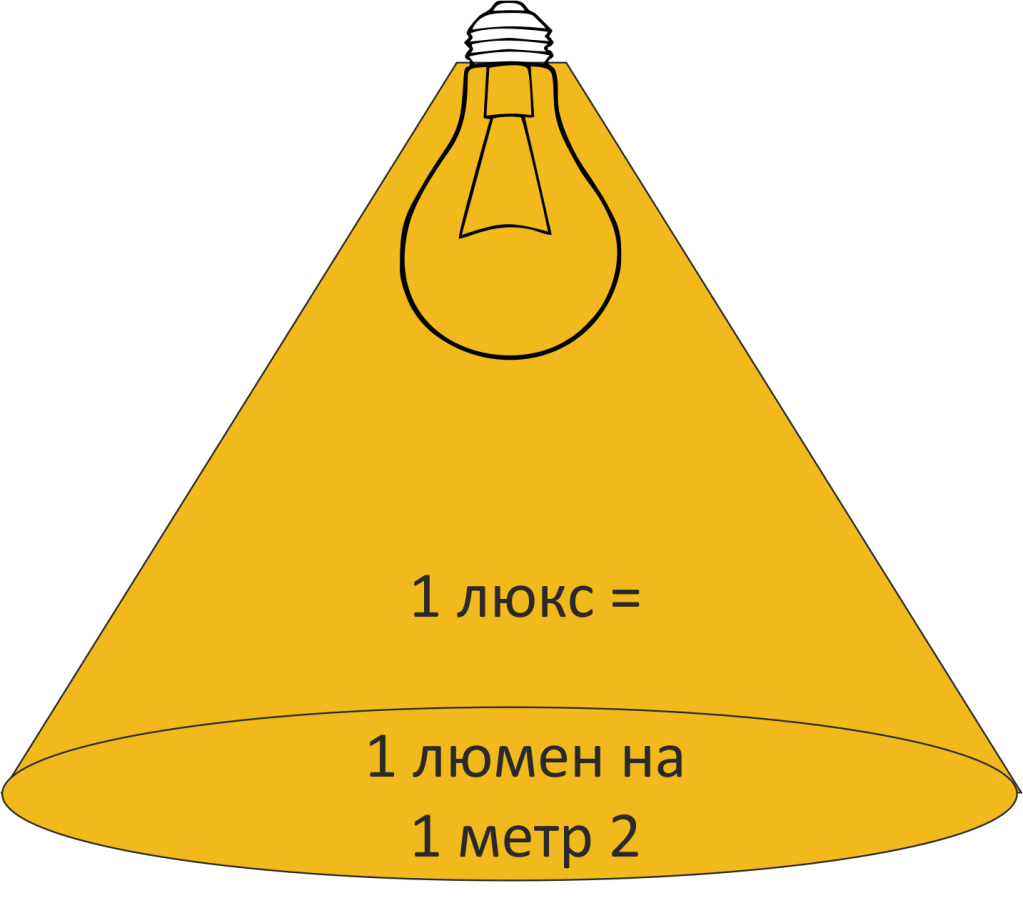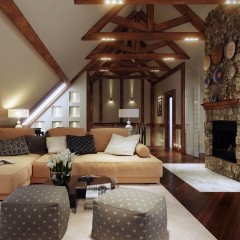What should be the lighting in the apartment and house?
What does the SNiP say?
The main document that indicates the existing standards is SNiP (building codes). So, according to this document in an apartment and a private house, the following lighting standards in lux (Lk) must be observed:
- the passage of the attic and basement - 20;
- toilet, shower, bathroom - 50;
- hall, corridor - 50;
- wardrobe - 75;
- bath, pool - 100;
- bedroom, kitchen - 150;
- children's - 200;
- personal account, library, utility room, room with billiards - 300.
We draw your attention to the fact that in the bathroom you can optionally increase the artificial lighting to 100 Lux, because for applying makeup and shaving, the value specified in SNiP 23-05-2010 may not be enough.
To make you understand how to translate the provided numbers into more familiar values, remember - 1 Lux is 1 Lumen / 1 square meter of room. On each bulb, a characteristic such as luminous flux (in lumens, Lm) is necessarily indicated. All you need to do is first calculate the rate of illumination of the living space, in your case one of the rooms, then transfer the value to Lumens and select the appropriate light bulbs. Consider the calculation technology by example.
We make calculations
Suppose you need to know the rate of illumination in a bedroom, whose area is 20 m2. First of all, we multiply the norm according to SNiP for this room by the area, namely - 150 * 20, in total we get 3000 Lx. Accordingly, with this value, the total luminous flux of the lamps should be 3000 Lm. You just have to choose the right bulbs for the living room, for example, if you want choose led bulbs, you can use 3 bulbs of 12 W each, which in total will give no more than 3600 Lm according to the table:
This calculation is approximate because everyone has it LED lamp manufacturer your values that you can find out already upon purchase. Thus, you can easily make artificial light in a room as recommended by the norms of illumination of residential premises according to SNiP.
By the way, you can measure this value using a special device - a luxometer, which is easy to use, which proves the video provided below.
That's all I wanted to tell you on this issue. We hope that now you know what kind of lighting should be in the house and apartment and how to choose suitable lamps in watts and lumens.
It will be interesting to read:










The calculations are not correct. The suites are indicated, but it is not indicated where these suites should be observed, but in the snippet it is indicated. For example, in a living room, 150 lux should be on the floor, and for drawing work, 500 lux should be on the work surface (table), and these 500 lux do not have to give general light, the illumination of the work surface will go, and the general light may be less .
And what are they wrong? According to the above methodology, the calculation